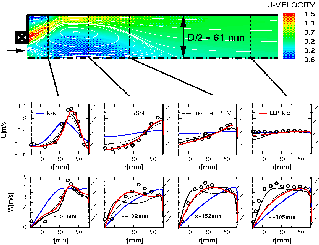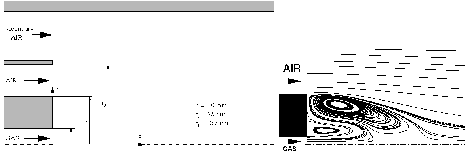
Computational Modelling of
Turbulent Reacting Flows
and
Vortex Shedding past Bluff Bodies
Researchers: D. Lakehal, H. Lübcke, T. Rung
Sponsor: CNRS, DFG
Fachgebiet: CFD
Prof.Dr.-Ing. F.Thiele
| Simulation of the Stabilization Processes in Flames | ||
|---|---|---|
 |
Computational Modelling of Turbulent Reacting Flows andVortex Shedding past Bluff BodiesResearchers: D. Lakehal, H. Lübcke, T. Rung Sponsor: CNRS, DFG |
Technische Universität Berlin Fachgebiet: CFD Prof.Dr.-Ing. F.Thiele |


1 2 3 4 5 6 |

|